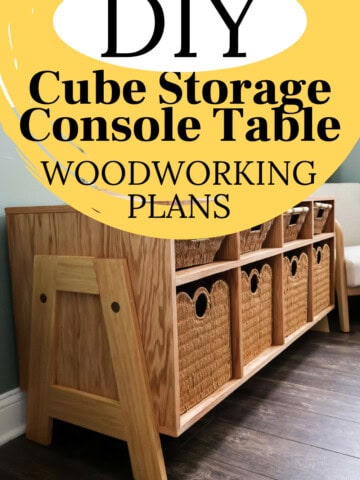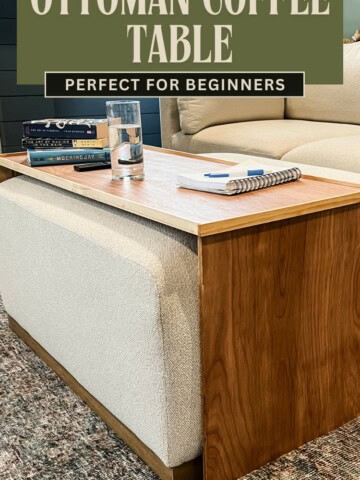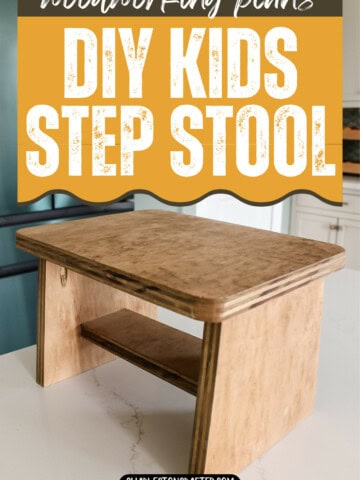Trying to pick the perfect wood species for your DIY project? Here is our complete guide to different Types of wood and their uses!
One of the first steps of any DIY project is to choose your materials. And for woodworking projects, that means selecting the type of wood that you will be building with.
Wood species can be overwhelming, so today we wanted to chat about some of the most common wood types for woodworking and when to use them!
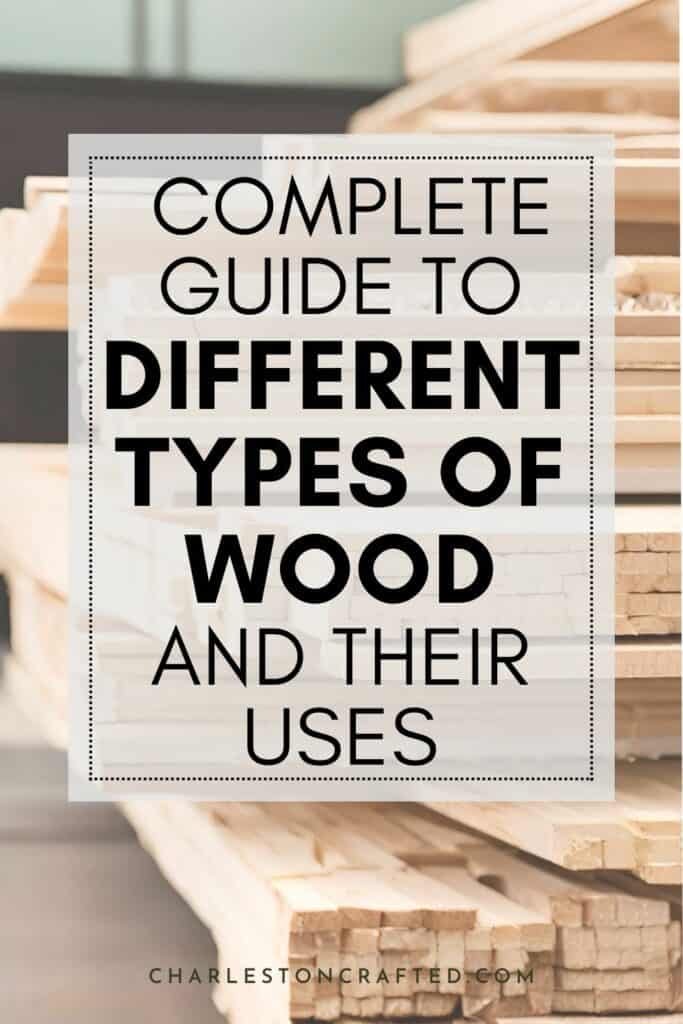
The best types of wood for woodworking
Wood species can be broken down into softwoods and hardwoods.
Hardwood comes from deciduous trees that lose their leaves annually, such as oak, maple, and cherry. These woods are generally denser and more durable, making them ideal for furniture, flooring, and high-quality woodworking projects.
Softwood is derived from coniferous trees, which usually remain evergreen, such as pine, cedar, and spruce. These woods are typically lighter and easier to work with, making them suitable for construction, paneling, and general carpentry.
When to Use Hardwood:
- High End Furniture Making: Hardwood is often considered the most high-quality for making durable furniture.
- Flooring: Due to its durability and resistance to wear, hardwood is ideal for flooring.
When to Use Softwood:
- Budget Projects: When you are trying to save money, using softwood can be significantly less expensive compared to hard woods.
- Framing and Construction: Softwood's lighter weight and ease of use make it perfect for construction projects.
- Paneling and Trim: Softwood is often used for decorative paneling and trim work due to its workability.
- Painted projects: if you don't need the grain of the wood to star in the show, use these for painting.
| Wood Species | Type | Description | Wood Color | Best Uses |
| Oak | Hardwood | Known for its strength and durability, with a prominent grain pattern. | Light to medium brown | Furniture, flooring, cabinetry, joinery |
| Pine | Softwood | Light and straight grain, easy to work with and widely available. | Light yellow to pale brown | Construction framing, paneling, furniture, outdoor projects |
| Cedar | Softwood | Aromatic scent and natural resistance to decay and insects. | Reddish brown | Outdoor furniture, decking, fencing, siding |
| Poplar | Hardwood | Fine, even texture and a smooth finish. | Light cream to greenish | Interior furniture, cabinetry, painted projects |
| White Wood | Softwood | Often refers to spruce, pine, or fir; versatile for various uses. | Light cream to white | General construction, framing, craft projects |
| Cherry | Hardwood | Rich, with a smooth grain that darkens with age. | Reddish brown | Fine furniture, cabinetry, high-end woodworking projects |
| Walnut | Hardwood | Straight grain, often with a slightly wavy pattern. | Dark brown | High-end furniture, cabinetry, decorative pieces |
The best softwoods for woodworking projects
Whether you are new to woodworking or just on a budget, working with soft woods is often a great option. They are typically cheaper to buy, easy to work with, and totally fine for basic projects.
Here are our favorite softwoods to work with:
Pine
Pine is one of the most popular wood types for beginners to work with because of its lower price and wide availability.
Pine is soft and light in color with a straight grain and dark, hard knots.
While it is often used for construction framing, it can also be used for most furniture builds. Just know that the soft wood is more prone to dings and scratches compared to other woods.
Still, it's a great place for beginners who don't want to invest too much to start, and great for projects where you don't need a fancy finish.
Be sure to check out our guide on how to stain pine wood for the best possible finish!
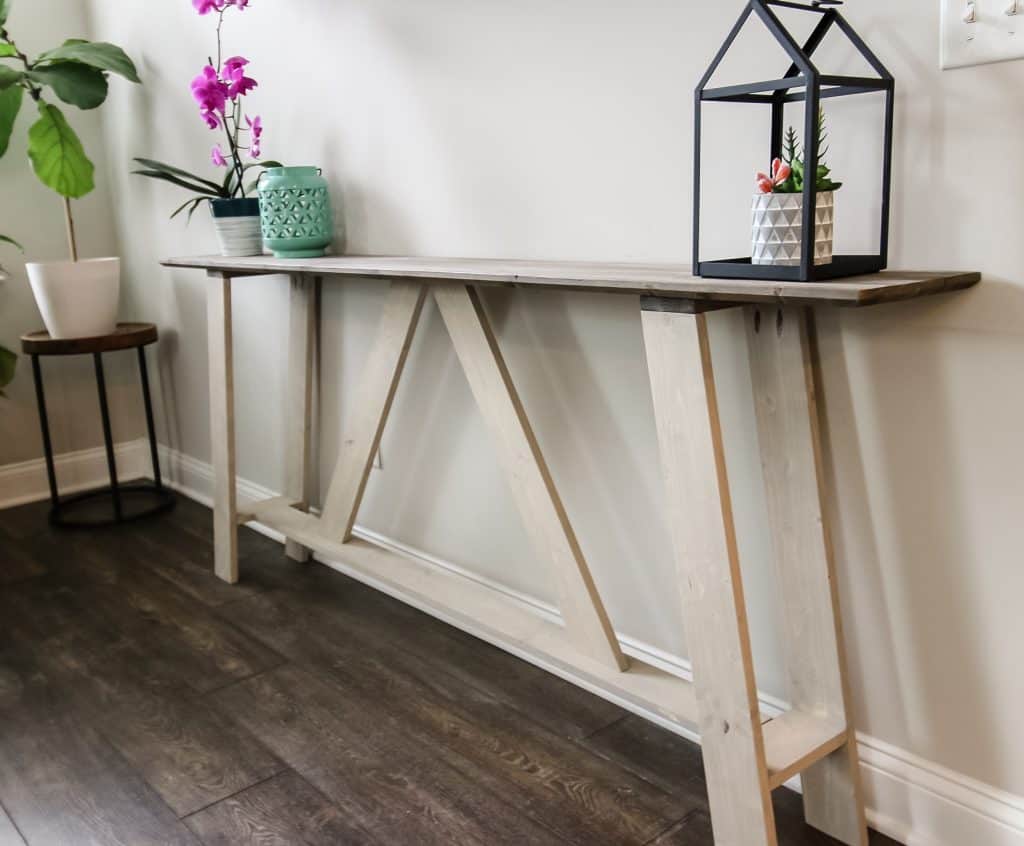
Cedar
Cedar is a great soft wood to work with. We love it for it's beautiful red color and the amazing way it smells.
Plus, it's naturally resistant to moisture, decay, and many insects! That's why it's so popular in closets, attics, and trunks.
Cedar can be slightly more expensive, but is a great option, especially for outdoor projects that you don't want to use a stain on.
See all of our best cedar woodworking projects!
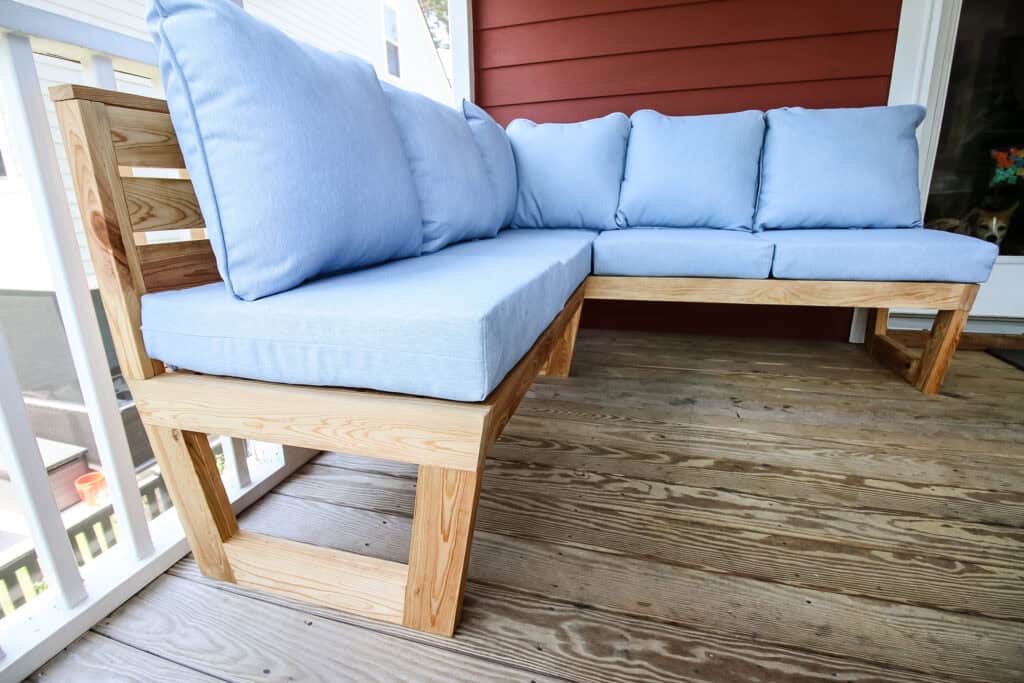
White Wood
The final common type of soft wood that you will see in stores is "white wood". But, what is white wood?
This is just a general name that hardware stores like Lowes or Home Depot use to describe miscellaneous soft, white colored wood.
It could be sprice, pine, or even fir. It's usually the cheapest possible wood and you need to be very diligent when choosing the best boards - check out our guide to buying lumber for tips!
White wood in general isn't gorgeous and is best for projects that will be painted and you don't mind getting scratched or dented over time.
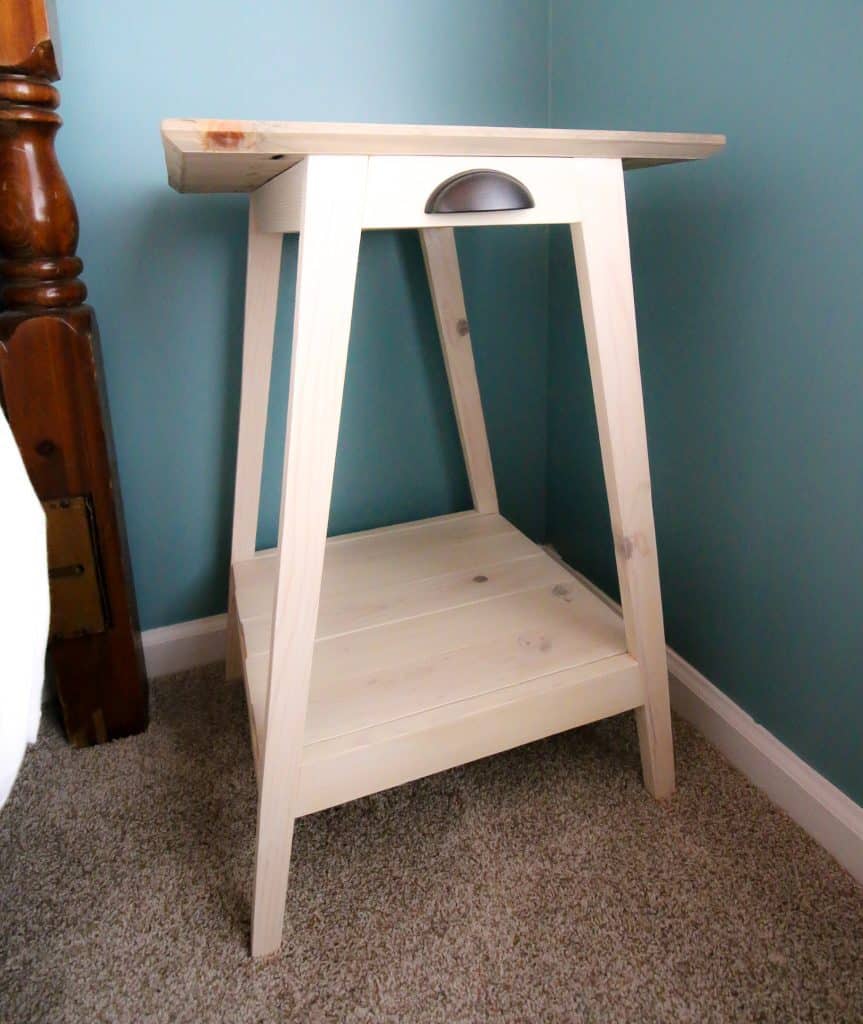
The best hardwoods for woodworking projects
Hardwoods are pricier than softwoods. We use hardwoods for projects that we want to turn out super nice, look fancy, or be super durable.
It's kind of like pulling out the fine china - we don't do it that often, but when we do we really appreciate how beautiful these woods are to work with!
Oak
Oak is the most common hardwood that you will see even in basic lumber sections at Lowes or Home Depot.
It comes in both red oak and white oak - with understandably different colorings. Oak is known for its strength and durability, with a prominent grain pattern.
It's been a popular choice for furniture, flooring, and cabinets for centuries because of its durability and general availability.
Be sure to check out our best tips for how to stain oak!
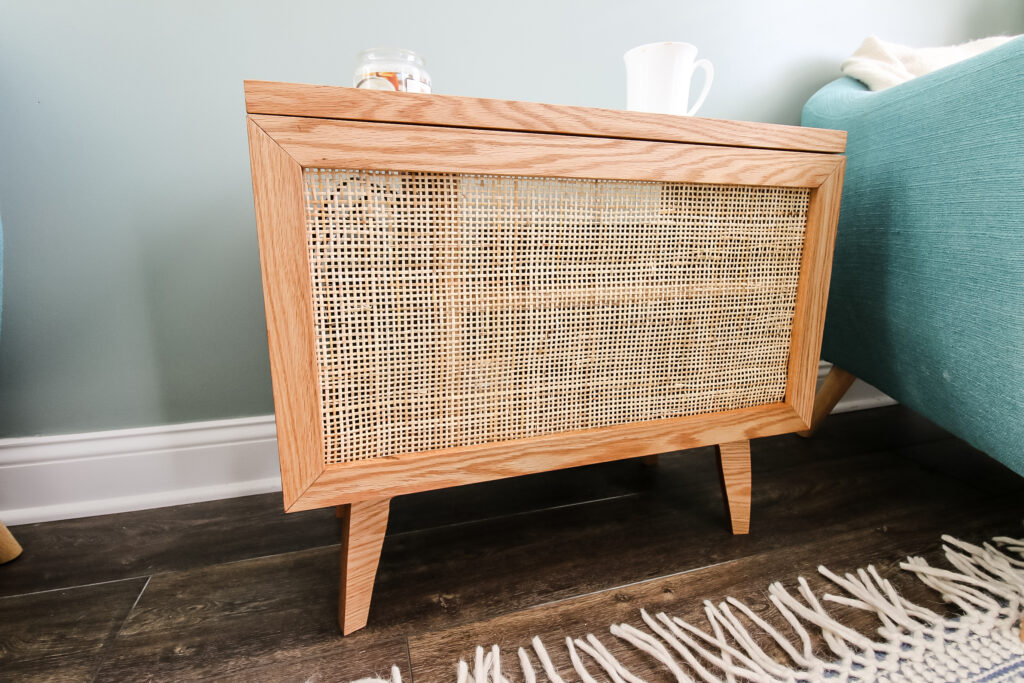
Poplar
Poplar is one of the less expensive hardwoods and therefore is a good "entry level" hardwood to work with.
This wood type can run from green to purple and sometimes has tiny dashes to the texture of the wood. You might have to spend some time digging through that day's supply to get boards that don't have that color, but the grain is usually beautiful.
Because of this, some woodworkers don't like to work with poplar. But, we have great tips for how to stain poplar wood for a beautiful finished look.
Poplar can be a great option for furniture or cabinets because it is durable and more affordable than other hardwoods. It's my favorite hardwood to work with.
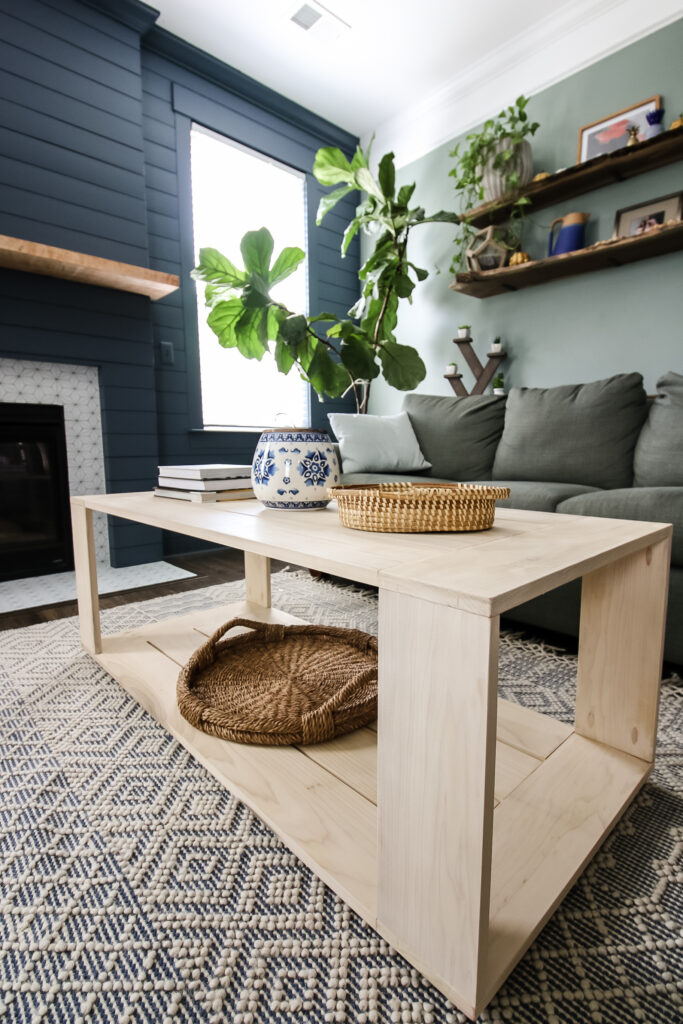
Cherry
Cherry is a hardwood with a rich, reddish-brown color that darkens over time, and a smooth grain.
This is a beautiful wood that typically are sold at specialty lumber stores, and can be expensive to buy. Because of that, you might want to save it for special projects!
Walnut
Walnut is a gorgeous hardwood with a dark, rich color and beautiful grain pattern.
Similarly to cherry wood, it is a bit more expensive and not typically found at big box stores.
But, it is super durable and gorgeous for the right project!
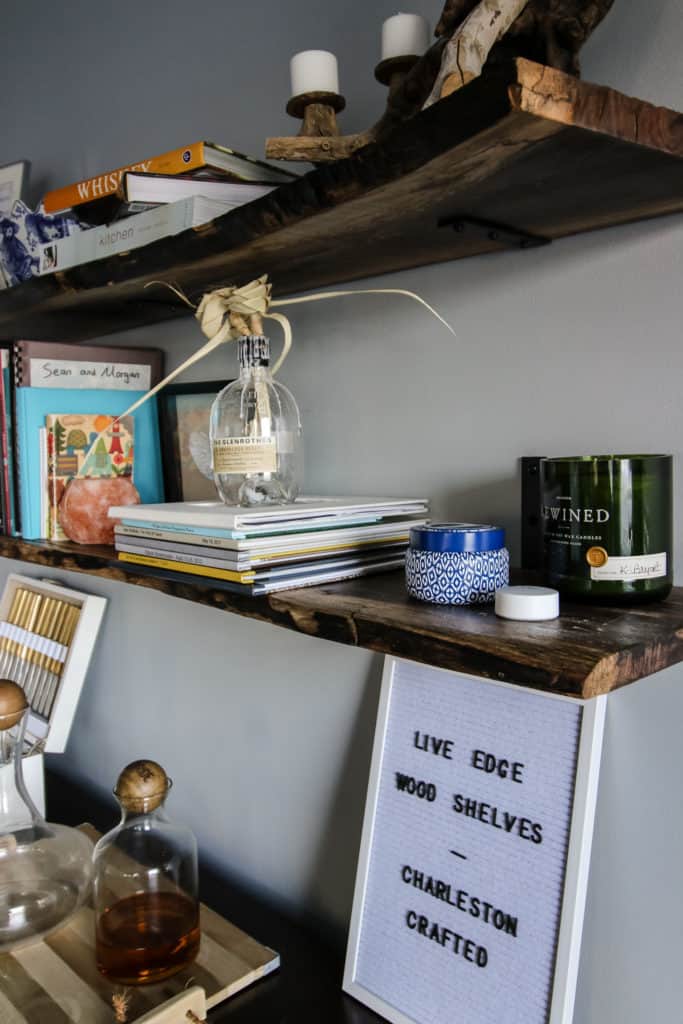
The best wood for outdoor projects
Outdoor projects are exposed to moisture, UV rays, pests, and temperature fluctuations. Because of that, you need to be sure that your materials can endure the harsh conditions.
This means either selecting a wood type that is naturally moisture and UV resistant, or to treat your wood specifically for outdoor use.
These types of wood naturally repel water and are best for outdoor use.
- Cedar: Naturally resistant to decay and insects, ideal for outdoor furniture and structures.
- Redwood: Offers natural resistance to moisture and pests, often used for decking and outdoor furniture.
- Teak: Highly durable and resistant to water, commonly used in boat building and outdoor furniture.
- Cypress: Contains natural oils that repel insects and is rot resistant, suitable for exterior applications.
- Ipe: Extremely dense and resistant to moisture, rot, and insects, perfect for decking and outdoor structures.
Between hardwoods and softwoods, there are tons of types of lumber to choose from. Think of how you will be using the project - and choose wisely!
Any questions about lumber types?
Want help getting the perfect wood stain finish?
Be sure to grab our FREE wood stain troubleshooting cheat sheet, with the top staining problems + easy solutions for each!
Looking for something?
We've been doing this since 2012 so we have a LOT of blog posts!
Search stuff like: Ceiling Projects | DIY Plant Stands | Thrift Flips


Hello, I'm Morgan, half of the creative force behind CharlestonCrafted.com! With a passion for DIY that dates back to 2012, I've transformed three homes and now I'm dedicated to helping others craft their dream spaces. Let's turn your house into a home together!



